You hear the honking of geese at a distance. Concealed in the layout blind in the cornfield you start calling in hopes
of luring them in to your decoy spread.
A typical scenario for a Canada goose hunter but it’s different this time.
Instead of bundled up to ward off the cold weather you’re in short sleeve shirt and swatting bugs. This is the
Resident Goose season in September and kicks off the beginning of the season for many waterfowlers. Let’s look at
the season and how to take advantage of it.
Just what is resident goose season?
We know that Canada geese are primarily a migratory waterfowl, leaving their breeding grounds in northern states during fall months to fly south during the winter. During the 1980’s many states, particularly in the south, bred and established resident Canada goose populations. Those numbers have grown to reach hundreds of thousands over the past decades.
Hunting has always been a key wildlife management tool and so it is with resident geese. States with these resident honkers have a special management hunt, usually during September to control the population. The framework for these hunts is set by the U.S. Fish and Wildlife Service but offers liberal bag limits and special hunting regulations different from the usual migratory waterfowl rules.
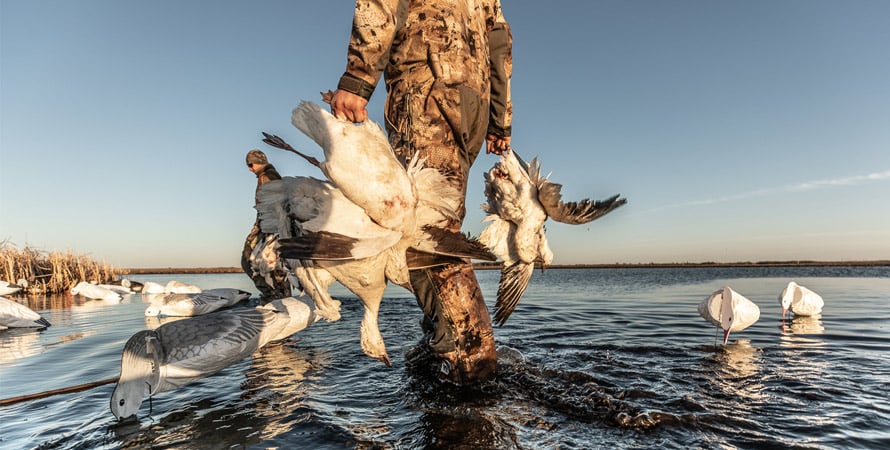
The resident goose season in most states usually allows up to 15 geese daily compared to 5 or less during the regular season. Also, while regular migratory bird rules require limiting shotguns to three shells, during the resident season guns can be unplugged. Most semi-auto and pump shotguns can hold five shells. Another benefit is hunters can use electronic calls, making it much easier to call in passing flocks. Always check state game regulations when planning your hunt because these rules can vary by state.
Let’s look at some of the things you need to do in preparation and during the hunt to make it successful to include: where to hunt them, scouting, blinds, decoys, calls, and shotguns and ammunition.
Early season: find the food or hunt the water
Like any other hunting, early season geese require some legwork before the season starts. You can’t just set up in a field or hit a body of water and expect to find geese.
They are creatures of habit and tend to follow a pattern of behavior. They rest at night on either lakes or rivers and go out to feed in the morning. So the key to hunting them is find where they like to do either of those.
Most early season hunters choose feeding fields, which is our focus here. If you are one of the fortunate few, you may know a farmer who has geese coming into a field.
Lucky you!
In early season you are likely to find Canada geese coming into hay fields or cow pastures. As corn fields are harvested that attracts flocks of geese.
Rule of thumb: follow the food.
When scouting it is best to be near that feeding area at first light so you can see what direction they come from, where they land, and in which direction they land. Most farmers welcome hunters who ask permission to hunt their fields.
This Cabela’s VIDEO may help in how to find suitable fields to hunt.
In most areas they come off the roosting water shortly after sunrise and head to fields. That usually means they arrive there sometime between 7:30 and 8 a.m. They will typically return to a field they have fed in the afternoon before and typically will feed in the same or adjacent fields for quite some time.
Setting up for success: the right waterfowl gear
Any veteran goose hunter will tell you that even with a lot of scouting effort, things don’t always work in your favor. You can improve your chances of success with proper equipment. Geese are instinctively wary and will fly past a favorite field or flare at the last minute if things just don’t look right.
First, everything needs to be camouflaged. That includes you.
Full camo clothing is a must: hat, shirt, and possibly pants. Try to match the pattern and color of the vegetation where you hunt. Hunting a cut corn field? Choose a brown camo pattern. For a hay pasture a green pattern will work.
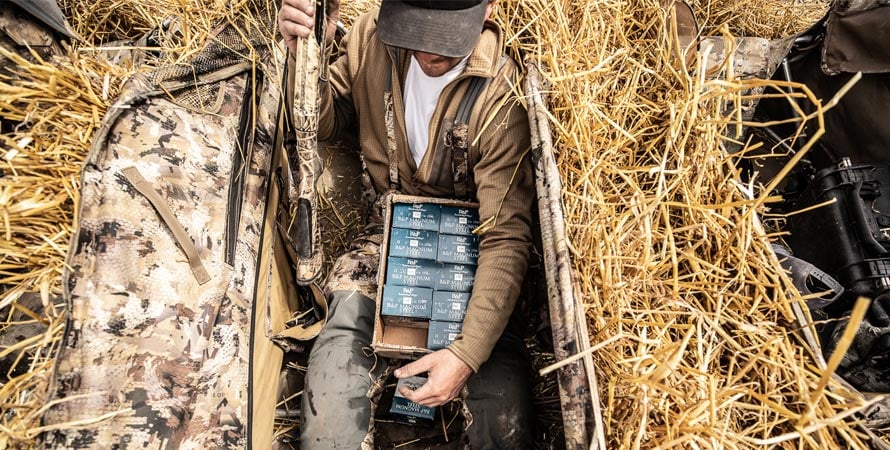
When scouting you’ll probably notice that geese tend to land and feed in the middle of a field. Because of that, many hunters invest in a layout blind. These are made in a variety of camouflage pattern and allow a hunter to lay flat in the field and have covered openings that allow you to quickly sit up and shoot for landing geese. This article about layout blinds can help you make the right choice.
Decoys are a must and they need to be arranged in a pattern that attracts approaching geese. For early season geese you don’t need many, a dozen will work. In scouting you might notice that resident geese usually fly in smaller flocks of 10 – 20, all headed to the same feeding field. A dozen decoys will be enough to get you started. You can either choose full body or shell decoys, with the latter being the least expensive. Shell decoys also take up less room so they are easier to transport, carry to the field, and store.
Big birds = big guns
Geese are one of our largest game birds, averaging about ten pounds, and 2 1⁄2 to 3 feet in length with an even wider wingspan. That means they need a pretty heavy shot load to firmly put them on the ground; which also means a 12 gauge shotgun. Opinions vary on what type of action, but if you have a favorite 12 gauge gun it will work.
Yeah, they make 20 gauge waterfowl loads. But given the goose’s size it’s just not the best choice without crippling birds.
A couple of things to consider though. You might be doing a lot of shooting with 3” magnum loads. For that reason, most avid waterfowlers choose either a heavier weight semi-auto or pump shotgun.
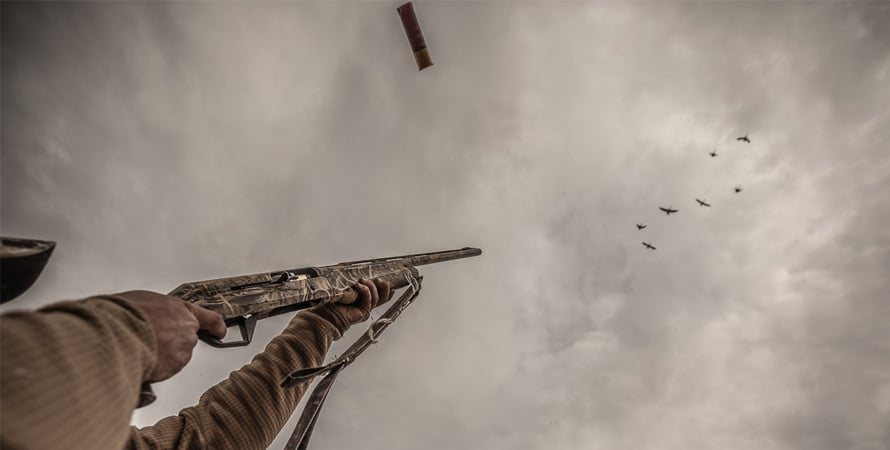
Yes, your favorite over/under will work but you will start to feel the recoil after a few shots.
A semi-auto is more comfortable to shoot because of less felt recoil, but many hunters swear by the reliability of the pump shotgun. If the gun is camouflage patterned all the more better. If not, consider buying a camo sleeve that slips over the gun barrels.
Another advantage of pumps and autos is the higher shell capacity with a three shot limit by federal regulation. Many states allow unplugged shotguns during the early resident season which increases your capacity to five.
When you are shooting at flocks of decoying or passing birds those extra shots can come in handy. It’s particularly important when you hit a bird that doesn’t fall and you need a follow-up shot to put it on the ground.
Heavy birds require heavy loads
Although some waterfowl regulations are loosened for resident goose season, one thing is not: the requirement to use non-toxic shot. The most economical is steel and B&P offers an excellent load, the Magnum Steel. Not only do you need a large volume of shot, but also a large shot size.
Geese aren’t only big; they have heavy feathering and thick skin. In my experience, the best load for bringing these big birds down is a 3” load in #2 or BB shot. B&P offers a couple of those either with 1 1/8 or 1 1/4 ounces of shot.
The B&P Magnum Steel is specifically engineered and designed to provide excellent performance and deeper shot penetration under any field conditions.
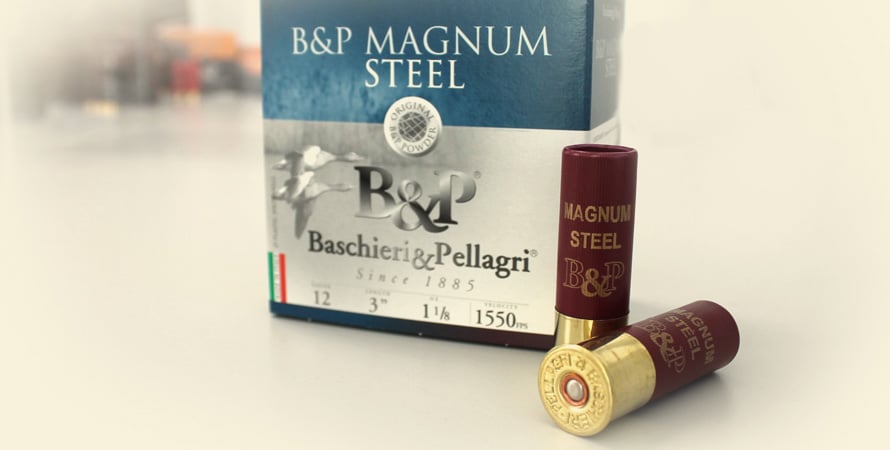
If you’re shooting a pump or semi-auto, there is also a Magnum Steel 3 1⁄2 inch shell that works great for that third, fourth or fifth shot to follow up on a miss or dispatch a cripple at longer distance.
This is not the time to be cheap in selecting a game load. We want something that literally hammers a goose in mid-air; folding them with a solid hit. Chase one cripple through a cut corn field and you’ll appreciate the quality of B&P Magnum Steel.
Before non-toxic shot, goose guns had long barrels with full chokes. Those days have passed, and in fact most modern gun choke tubes are marked to not shoot steel shot through full chokes. If you are shooting decoying geese at close range Improved Cylinder will work (patterns more like Modified). If you anticipate longer shots at passing geese step it up to a Modified.
Tactics for success: bringing them in
Okay, you’ve got a feeding field located. All your equipment is ready. It’s time to hit the field and try to outsmart the geese. It’s harder than it seems.
Let’s look at what you need to do to bring home some geese for the freezer. When you were scouting did you notice what time they arrived in the field? That’s important.
Unless weather interferes (fog for instance), geese usually come off the water just after sunrise to feed about the same time every day. It’s important to be in the field and set up well before they arrive.
That usually means being ready to greet them when the sun comes up. So check local weather for sunrise and plan on being in the field at least 30 minutes prior.
Another thing to remember, geese always land into the wind. How they know while flying is a mystery but they do. When you get to the field check the wind direction. Your decoys and layout blind will need to be set up with that in mind.
When geese come into a field they are looking around for anything unusual. A decoy setup that doesn’t take advantage of the wind will send them somewhere else. Remember, it has to look realistic, resembling a group of feeding geese.
Here is a good article from DecoyPro about setting up a goose decoy spread in a field.
Without a layout blind you will need to scout for good locations along field edges with thick vegetation that provide good concealment. The disadvantage to this is geese typically land and feed in the middle of fields to avoid predators.
It also means you’ll either be pass shooting the birds as they pass over, or taking long shots on birds landing near your decoys. Always be prepared to adapt your tactic to the situation and learn from every outing to improve your success the next trip.

Calling is essential to attract inbound birds and make them comfortable with your decoy spread. This is where the electronic call is helpful. There are several brands on the market, with FOXPRO well known. Most of them come with several sounds loaded and provide online download of additional wildlife sounds.
A flock of geese can be heard approaching from a great distance. As soon as we hear them we use the “Goose Flock” sound at max volume to attract birds.
After we turn them in our direction it’s time to make them comfortable by switching to the lay down call. If birds make a pass, but don’t commit, then tune in the Canada Goose Comeback call to turn them. You can always use mouth calls to do the same thing. They just don’t have the volume of electronic calls and it’s difficult to replicate the Flock call if you are hunting alone.
Big birds but easy to miss
Missing a flying bird happens to every wingshooter. And as big as geese are, they are easy to miss. How can you NOT hit a ten pound bird, a couple of feet long, with a nearly six foot wingspan? It’s easier than you think. Most hunters fall into the trap of thinking such a big bird can’t be missed. They can be, and I have.
So what’s the secret to success? First, don’t shoot at the bird. Shoot at the bird’s head.
There’s an old saying that if you can’t see the eyes of a Canada goose the bird is out of range. Focus on the head and that’s where the barrel of your gun will go. Yes, it’s the same skill you use on the clay target range to bust a target.
Second, use quality ammunition like the B&P Magnum Steel to give you tight patterns with consistent performance.
You may be able to bring down smaller game birds like quail and grouse with a few pellets, but Canada Geese need a bunch of hard hitting shot to effectively put them on the ground with a killing shot.
The B&P Magnum Steel delivers maximum pellets at a high velocity with deep penetration to put the bird on the ground. A killing shot is important. Geese are resilient and a crippling shot will result in chasing one across the field to dispatch it with a final shot. Do it once and you’ll appreciate the use of quality ammo.
It doesn’t end in September... get ready for the regular season
The Resident Goose season may end in September, but that’s just the appetizer for the regular hunting season. Each state sets season dates within a framework established by the U.S. Fish & Wildlife Service. Check your state hunting regulations for season dates and bag limits.
Once the regular season starts, migratory bird regulations are in effect. Bag limits are reduced, usually 3-5 birds. Semi-auto and pump guns must be plugged, limiting them to 3 shots. And electronic calls are not allowed, so you’ll need to get a regular goose call.
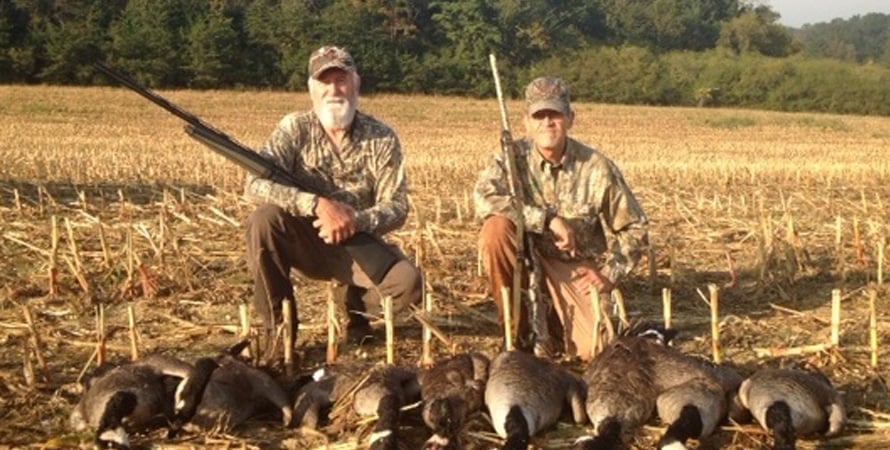
Many of the tactics for early season may be useful during the regular season. Food sources become critically important as cold weather sets in. Once you find that, birds are more likely to return even with hunting pressure. Again, adapt your tactic to the situation.
By the way, Canada Geese make excellent table fare despite getting a bum rap by many hunters. Like most wild game, it’s all in the preparation. Find a good roast goose recipe that includes a marinate and you’ll discover that. As our family knows, Thanksgiving dinner isn’t complete without the blessing of wild game, goose at the center.
So get into goose hunting and you won’t turn back after that first experience of honking birds and cupped wings!

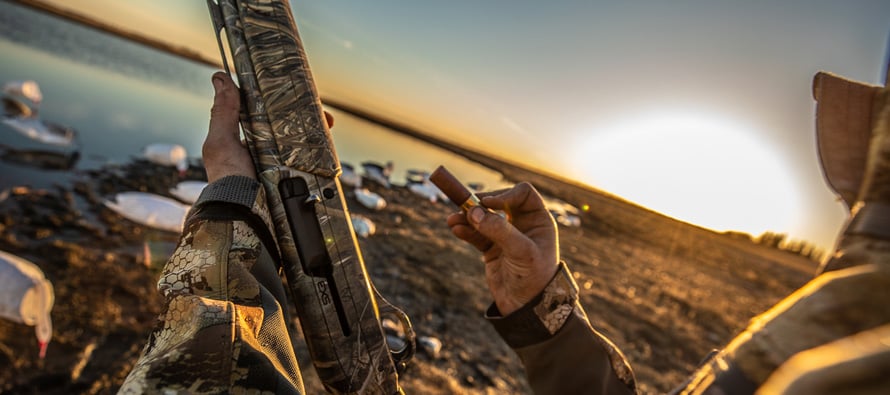


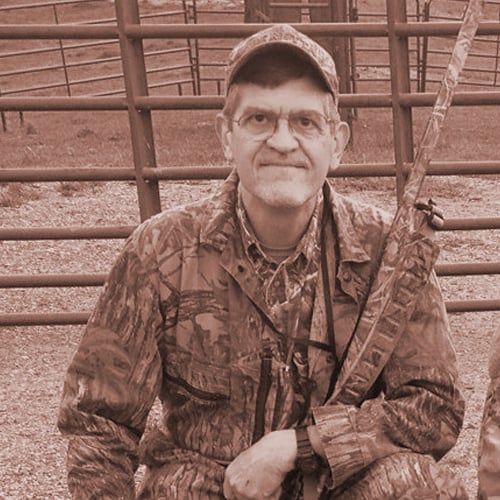
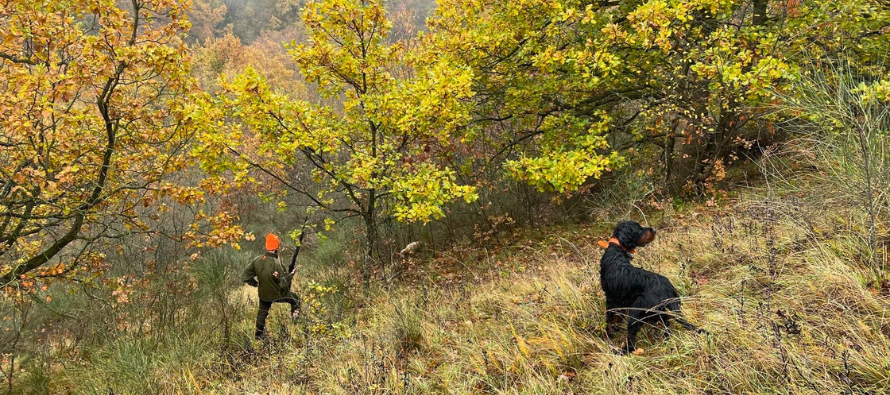
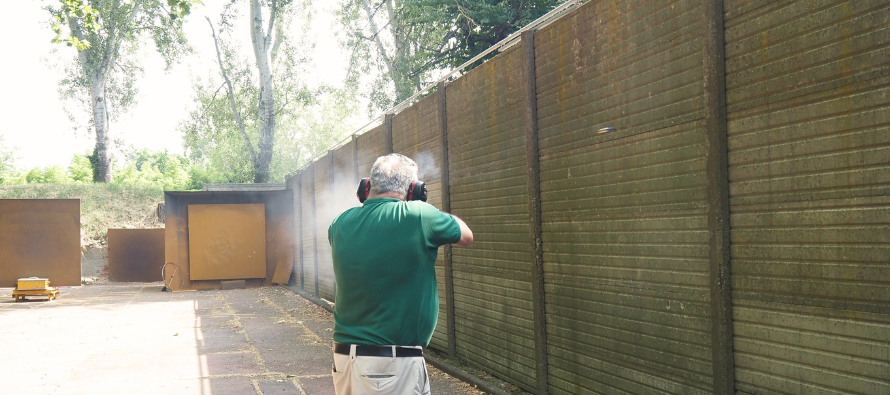

Comment this post